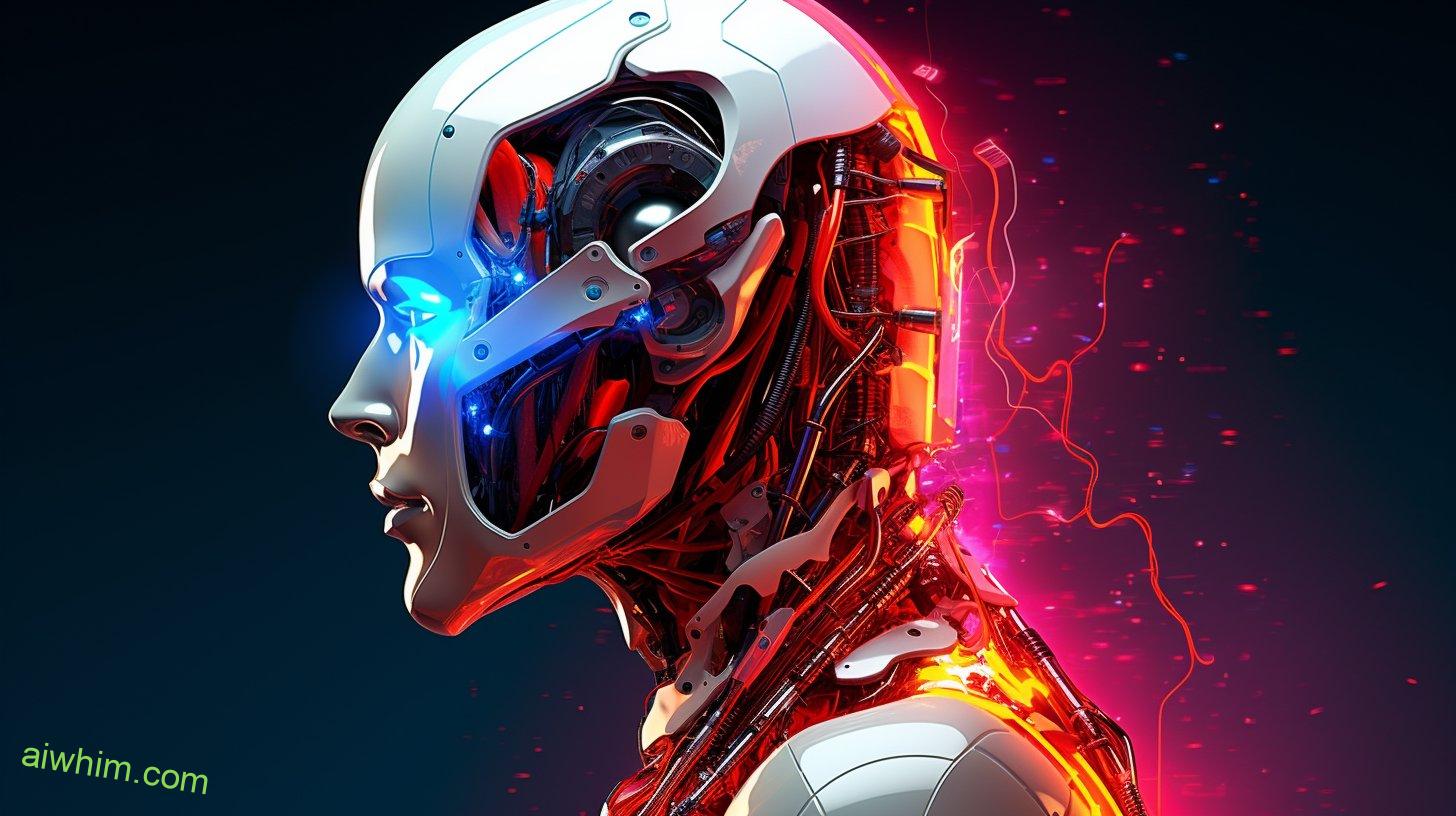In an age of technological advancement, it can be hard to imagine a world without police officers. But what if robots and artificial intelligence could take their place? Could the future of law enforcement involve machines instead of humans? Juxtaposed against our subconscious desire for freedom, this raises many questions about whether such a replacement is possible or desirable.
The idea that AI might one day overthrow the profession of police officers has been gaining traction in recent years. Advancements in machine learning technology have made it feasible to consider using automated systems to help enforce laws and maintain public order. With fewer human errors and less bias than traditional policing methods, proponents argue that AI may offer more effective ways at ensuring safety and justice in society.
On the other hand, there are also some concerns over the potential risks associated with relying too heavily on AI-driven solutions. Would these technologies really be able to respond appropriately to complex situations involving moral judgments or ethical dilemmas? And how would we ensure that all members of society receive fair treatment under an automated system? These are just some of the issues which need to be addressed before we can decide whether replacing police officers with AI is truly viable – or even desirable.

Definition Of Artificial Intelligence
Artificial Intelligence (AI) is a form of technology that enables machines to think and act like humans. It utilizes algorithms, machine learning, and natural language processing in order to understand data sets and make decisions without human intervention. AI can be used for various tasks such as facial recognition, autonomous cars, medical diagnoses, or simply providing customer service.
Machine learning refers to the process by which computers learn from large amounts of data without being specifically programmed how to do so. In essence, it’s about developing computer programs that are able to recognize patterns in data and act upon them accordingly. For example, if an algorithm is looking at pictures of cats and dogs, it will eventually recognize what distinguishes one from the other based on its experience with a variety of images.
Natural language processing involves understanding languages spoken by humans. This includes speech recognition systems which are capable of recognizing words said out loud and converting them into text; as well as chatbots which interact with people through written dialogue. Machines can also parse through documents just like a human would – reading sentences line-by-line and extracting meaning from them – although they may not have the same level of comprehension when it comes to context or tone.
By utilizing these three components together – artificial intelligence, machine learning, and natural language processing – we can create powerful tools that enable us to automate processes and make more accurate decisions faster than ever before. Without having to rely solely on human labor, this technology promises to revolutionize many work-sectors across the globe.

Use Of AI In Law Enforcement
On one hand, AI law enforcement is an enticing idea. Automated policing techniques and police robots could potentially provide the public with a greater sense of security while reducing human error in decision-making. On the other hand, there are still many questions to be answered before AI can replace our current system of law enforcement. Can machine learning policing truly match or exceed the judgment of experienced officers? Is automated policing compatible with citizens’ rights? Will it cause more harm than good by diminishing people’s freedom?
AI has already been used in limited capacities within law enforcement such as facial recognition systems and data analysis for crime prediction. As technology advances and becomes more accessible, so too does its potential use in law enforcement applications. In theory, AI technologies could be used to identify suspects using databases of existing criminal records, track suspicious behavior through surveillance footage or license plate readers, and make decisions about when to intervene based on patterns identified from past incidents. This would allow police officers to focus their time on more serious crimes rather than responding to minor infractions like traffic violations or low-level misdemeanors.
While these ideas may seem promising at first glance, they also raise important ethical concerns that must be addressed before any widespread implementation occurs. It is essential that we remember that the primary function of law enforcement is not only to enforce laws but also protect citizens’ right to safety and privacy; if artificial intelligence were deployed indiscriminately then civil liberties could be compromised as well as individual freedoms. Ultimately, it will take careful consideration and thoughtful regulation before AI can become part of our modern justice system.

Benefits Of Replacing Police Officers With AI
The use of AI in law enforcement has been gaining traction as a way to reduce crime, increase efficiency, and improve public safety. But what if police officers were replaced altogether? Could the benefits of replacing police officers with artificial intelligence (AI) outweigh the potential drawbacks? In this section, we’ll explore the potential advantages of such a move.
One benefit is that by having an AI system conduct investigations instead of humans, authorities can more effectively target specific neighborhoods or individuals that may be at risk for committing crimes. By leveraging predictive analytics and other data-driven technologies, an AI system could detect suspicious activity and alert police before any harm is done. This would potentially result in fewer arrests but greater accuracy in criminal justice decisions.
Another advantage of using AI to replace police officers is cost savings. Automated systems require minimal human oversight and are far less expensive than employing full-time officers on patrol duty or conducting investigations. Furthermore, reducing the number of people needed for surveillance would free up resources for other areas such as community outreach programs or improved training for existing personnel in order to ensure that their skills remain current and relevant.
Finally, replacing police officers with AI might lead to increased transparency within law enforcement agencies since automated systems can provide detailed records about when and where they have intervened or taken action against criminals. Additionally, because these systems operate via algorithms rather than intuition like human decision makers do, they can minimize bias based on race or gender which could help restore trust between citizens and law enforcement departments across the country.
Overall, while there are some possible negatives associated with shifting away from traditional policing methods towards AI-based solutions, it’s clear that there are numerous benefits that make this transition worth exploring further in order to create safer communities without compromising civil liberties.
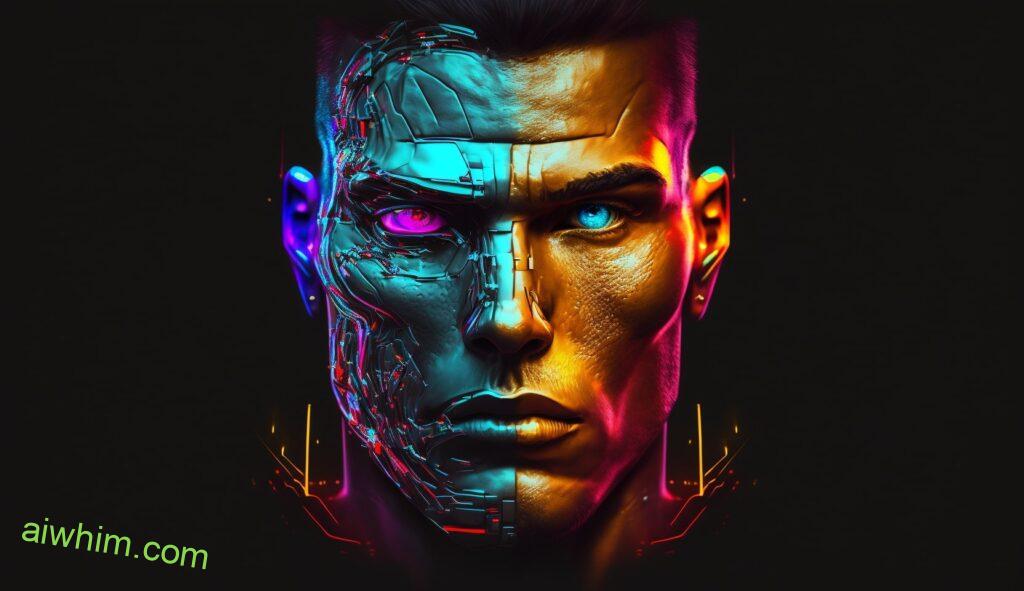
Limitations Of Using AI For Law Enforcement
AI has the potential to revolutionize law enforcement, but there are still some limitations that need to be taken into account. Firstly, there are technological limitations – AI is constantly developing and evolving, so it can’t always keep up with advances in technology. Secondly, accuracy limitations exist; even with sophisticated algorithms and data sets, AI cannot guarantee 100% accuracy when making decisions about criminal justice cases. Thirdly, ethical considerations must be taken into account; for example, AI could be used as a tool for racial profiling or other forms of discrimination.
In terms of accountability and transparency, using AI instead of human police officers means that decision-making processes become more opaque and difficult to monitor or challenge. In addition, humans have discretion over certain decisions regarding how they interact with suspects – something which would not necessarily be replicated by an AI system. Furthermore, machines lack empathy and cultural awareness which can lead to misunderstandings or misinterpretations during investigations or interactions between police officers and members of the public.
Overall then, while AI does offer many advantages for law enforcement operations, there are also significant drawbacks which mean it should only be employed alongside traditional policing methods rather than being used exclusively.
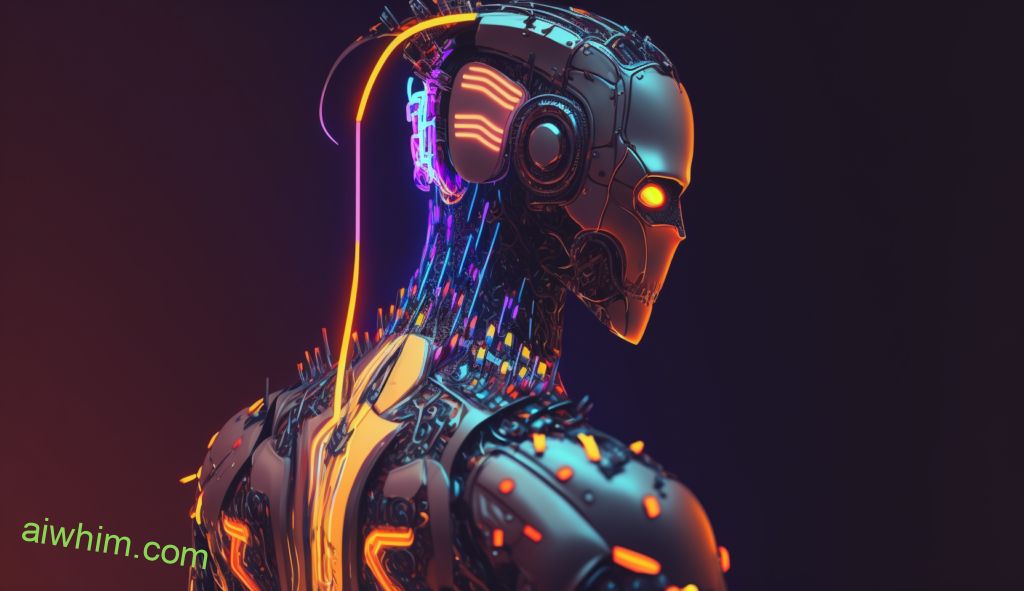
Cost-Benefit Analysis Of Replacing Police Officers With AI
Replacing police officers with AI is a complex issue that requires careful consideration of the cost-benefit analysis. On one hand, there are numerous advantages to using artificial intelligence for law enforcement, including improved efficiency and accuracy when it comes to policing activities. Additionally, AI systems can rapidly process data and make decisions without exhibiting any bias or prejudice in their decision making.
On the other hand, replacing police officers with AI could also have significant drawbacks. First and foremost, it would be costly to develop and maintain an effective system of AI policing. Moreover, introducing such technology into the field of law enforcement may lead to ethical dilemmas regarding its use in certain criminal justice contexts. Lastly, relying on machines rather than humans could ultimately reduce public trust in law enforcement agencies due to potential privacy concerns and lack of transparency about how decisions were made.
In weighing these considerations:
- The costs associated with developing reliable AI technologies must be weighed against the potential benefits they offer as part of a comprehensive approach to crime prevention and control;
- Ethical considerations should be taken into account when implementing new technologies into the criminal justice context;
- And finally, efforts should be made by law enforcement agencies to ensure that citizens understand how their personal data will be used if they opt-in to participate in AI surveillance programs.
Overall, while replacing police officers with AI has the potential to provide considerable benefits, this technology must be employed carefully so as not to undermine fundamental human rights or disrupt public trust in law enforcement institutions.

Ethical Implications Of Using AI For Law Enforcement
The debate surrounding the cost-benefit analysis of replacing police officers with AI has been raging for years. But now, it’s time to explore the ethical implications of such a monumental decision. Like a finely woven tapestry, the legal and moral issues are intricately entwined and must be considered together.
When discussing the morality of AI policing, there is one question that stands out: who will bear responsibility if something goes wrong? If an algorithm makes a mistake, or worse yet maliciously targets someone due to bias, who should take accountability? Will it be people in government positions, or could companies be held liable? These social implications must not go overlooked.
Similarly pressing is the issue of privacy rights when using AI technology for law enforcement purposes. Should citizens have access to information about how their data is used by algorithms? And what safeguards can organizations put in place to ensure that these systems do not breach any civil liberties? Adequate measures need to be taken so as not to infringe upon anyone’s right to personal autonomy.
It’s clear then that before implementing artificial intelligence into our justice system, we must thoroughly examine its potential impacts on society from both a legal and ethical standpoint. It’s only through honest dialogue and proper regulation that we can ensure justice prevails while protecting everyone’s fundamental freedoms.

Challenges In Replacing Police Officers With AI
Replacing police officers with AI presents a number of challenges that must be addressed before any implementation can be successful. One major challenge is the reliance on AI for law enforcement activities, which raises ethical considerations about how data should be collected and used. This could lead to issues like privacy violations or unequal treatment of certain demographics due to algorithmic bias in decision-making. Another challenge is ensuring that all legal requirements are met when implementing an AI system into police operations, as there may be additional regulations regarding the use of technology in law enforcement compared to other industries.
In addition to these technical hurdles, societal acceptance must also be considered if replacing police officers with AI is going to become more widespread. Many people will likely express concern over giving robots so much power within their communities and this could cause backlash against such initiatives. It’s therefore important to think carefully about how best to communicate the benefits of using AI while addressing potential concerns from citizens who fear it might take away jobs from human officers and leave them feeling less safe.
At present, the idea of replacing police officers with AI has been met with hesitation by many stakeholders involved in law enforcement—including government officials, civil society organizations, and members of affected communities—but this does not mean it cannot work under specific circumstances. In order for an effective transition to occur, a thorough understanding of existing laws needs to be established first, followed by public engagement efforts that demonstrate why moving forward with this new approach could improve safety outcomes in the long run.

Legal Implications Of Replacing Police Officers With AI
The potential for artificial intelligence (AI) to replace police officers in the criminal justice system is an intriguing one, however there are a number of legal implications that must be considered. Primarily, liability issues arise when considering replacing human police officers with AI technology. Who would be liable if an AI system made a mistake or acted inappropriately? Furthermore, how could such mistakes be prevented from occurring and what steps need to be taken to ensure these legal liabilities do not become unmanageable?
A further issue is the question of whether it would even be legally permissible to use AI instead of human police officers in certain situations. In some cases, laws may require a human officer to carry out certain tasks as opposed to allowing them to delegate this responsibility to an AI program. Additionally, ethical considerations come into play – while AI systems can act faster than humans, they cannot make decisions based upon discretion or moral judgement which may limit their practicality in some scenarios.
Finally, any changes brought about by introducing AI into the criminal justice system will likely have long-term consequences on society at large. For example, if people lose faith in the ability of law enforcement officers due to mistakes made by AI programs then public confidence in the criminal justice system overall could suffer significantly. It is therefore important for policymakers and legislators alike to consider all aspects involved before making any major decision regarding using machines rather than human police officers.
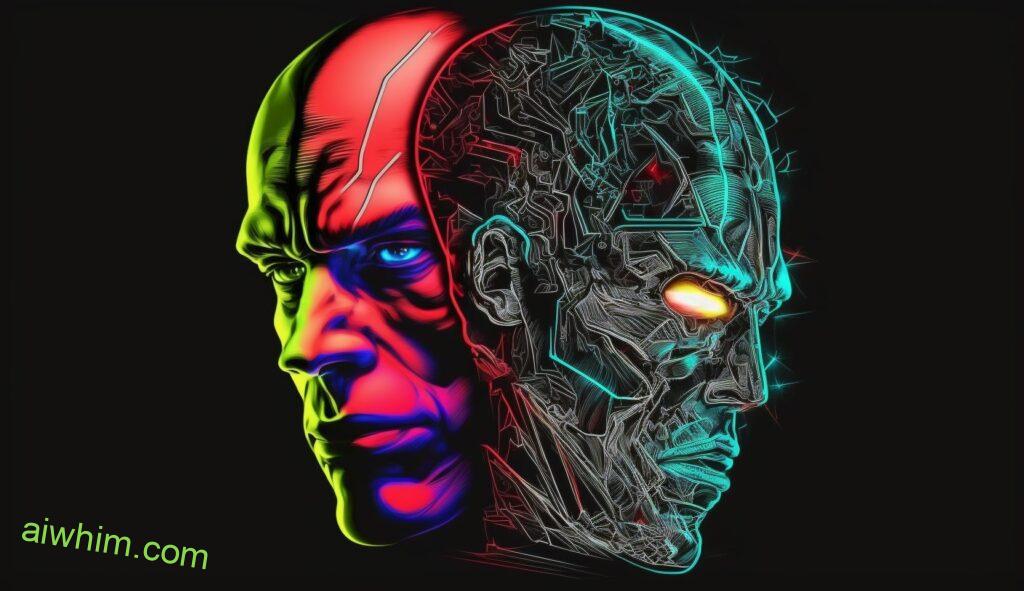
Impact On Society Of Replacing Police Officers With AI
The impact of replacing police officers with AI on society is an issue that has been widely discussed and debated. As technology advances, so too does the potential for artificial intelligence to assume more roles traditionally filled by human law enforcement professionals. This shift could have serious implications for public safety, as well as our civil rights and liberties.
On one hand, some believe that switching from traditional policing methods to using AI can help reduce crime while also improving accuracy in investigations and criminal justice proceedings. For example, facial recognition software used by police departments around the world may be able to accurately identify suspects without bias or prejudice. Additionally, AI-driven surveillance systems might be better suited than humans at recognizing certain dangerous behaviors before they occur.
At the same time, there are concerns about what this kind of automated policing would mean for communities and individuals who are already disproportionately affected by overpolicing and racial profiling. Without proper oversight and accountability measures in place, it’s possible that these new technologies could reinforce existing biases within our legal system rather than eliminate them. Moreover, since many AI programs rely heavily on data collected from people’s online activities, privacy issues become a major concern when considering how much power should be given to machines controlled by governments or private companies.
Replacing police officers with AI presents both opportunities and risks in terms of its overall impact on society. It is important to consider all sides of the debate carefully before making any decisions about such sweeping changes in law enforcement practices. Taking into account a variety of perspectives will ensure that whatever policies we choose take into consideration everyone’s right to basic freedoms as guaranteed under the rule of law.

Technological Requirements For Implementing AI In Policing
The possibility of Artificial Intelligence (AI) replacing police officers may seem like an unattainable dream, but the idea is far from a distant reality. The successful implementation of AI in law enforcement requires more than just programming capabilities; it necessitates technological advancement and investment to provide for its effective use.
Like any other technology, AI needs powerful hardware and software to function properly. Building on existing platforms and systems, the optimization of current computing capabilities can help improve the speed and accuracy with which AI can process data and make decisions. Additionally, new sensors such as facial recognition technology are needed that can be incorporated into surveillance cameras or body-worn cameras worn by officers to accurately identify suspects without human input.
In order for successful AI implementation within police departments, there must also be an emphasis on cybersecurity protocols that protect both their networks and the public’s privacy rights. Without proper security measures in place, malicious actors could gain access to sensitive information collected by these programs, putting lives at risk while undermining trust between citizens and government agencies.
For artificial intelligence to become a viable solution for law enforcement activities, society must invest substantial resources into research and development initiatives that focus on advancing computer processing power along with developing secure systems capable of protecting user data. Only then will we have succeeded in creating reliable tools that offer real potential when it comes to reducing crime rates around the world—and allowing us all to benefit from greater freedoms than before.
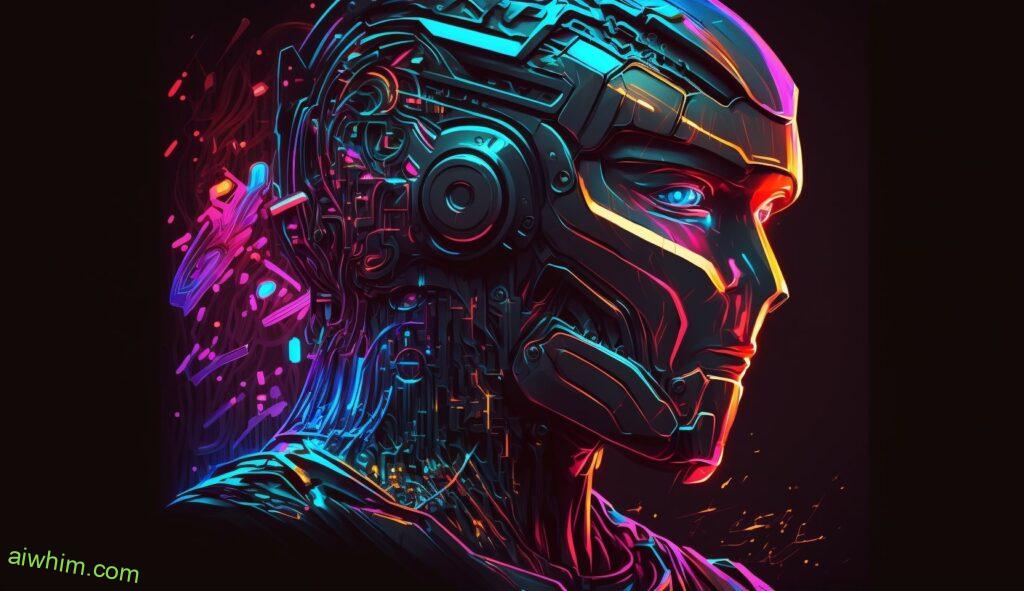
Conditions For AI Replacing The Jobs Of Police Officers
The issue of whether police officers will ever be replaced by AI is a complex one. For AI to take over many law enforcement functions, there needs to be an extensive amount of training and education in order for society to trust this new technology. Here are four important things that need to happen in order for us to rely on artificial intelligence:
- Establishing rigorous standards – Artificial Intelligence must adhere to strict legal guidelines, ethical codes, and operational protocols so it can make decisions independently without bias or prejudice.
- Developing comprehensive training programs – Police departments require thorough knowledge about the use of advanced technology such as facial recognition software and predictive analytics in order to effectively integrate AI into their operations.
- Providing adequate resources – Law enforcement agencies would need access to sufficient funds, personnel, and hardware/software necessary for successful implementation of these technologies.
- Increasing public awareness – An increase in public understanding of the role AI plays in law enforcement would be essential if its usage is going to become widespread across different jurisdictions.
Having said all that, it’s clear that a lot has yet to be done before we can safely count on Artificial Intelligence for our security needs. There would need to be great efforts from both government entities and private companies alike if AI-based systems were to replace human labor within the field of law enforcement. Until then, police officers remain indispensable members of any community’s safety infrastructure.

Risks Involved In Relying On Artificial Intelligence For Policing
The thought of artificial intelligence taking over the role of law enforcement is like a dystopian dream come true. AI has revolutionized many industries, but its application in policing could pose some truly gargantuan risks to civil liberties and public safety. From algorithmic bias to privacy concerns, there are multiple potential dangers that must be considered before relying on AI for law enforcement purposes.
For example, using AI in policing typically requires large amounts of personal data collected from citizens, including biometric information such as facial recognition scans or DNA analysis. Such data collection can raise serious privacy concerns among individuals who fear their movements being tracked or monitored without consent. Additionally, collecting vast amounts of sensitive data increases the risk of breaches or unauthorized access by third parties which could further jeopardize national security and public safety.
Also, deploying autonomous weapons systems powered by AI technology could create an environment where lethal force is used indiscriminately leading to loss of innocent lives and civilian casualties with no accountability whatsoever. Moreover, given that these systems operate autonomously with little human oversight and control it becomes much harder to assess blame when something goes wrong resulting in yet another blow to the justice system’s integrity.
In light of all these potential risks involved with implementing AI for law enforcement purposes it’s clear that stricter regulations need to be put in place first before any significant reliance is placed upon it going forward. Without proper safeguards in place it could quickly spiral out of control endangering both public safety and civil liberties at once – a disaster we simply cannot afford!

Existing Examples And Testing Grounds For AI In Policing
AI-policing is already being deployed in some parts of the world. In China, for instance, AI has been used to monitor public spaces with facial recognition software and drones. These technologies have been employed to detect crime before it even happens as well as apprehend suspects afterwards. Additionally, many countries are using AI to analyze data from CCTV footage or social media posts for suspicious behavior.
The US also has several testing grounds for AI-policing technology. For example, a company called Axon is working on integrating AI into police body cameras that will be able to alert officers to potential threats such as gunshots and car accidents. Developments like these could drastically reduce response times in emergencies while freeing up officers’ time by automating mundane tasks such as paperwork filing.
Though there is still much work to be done before artificial intelligence can replace human law enforcement personnel entirely, its current use indicates that this may become reality in the future.
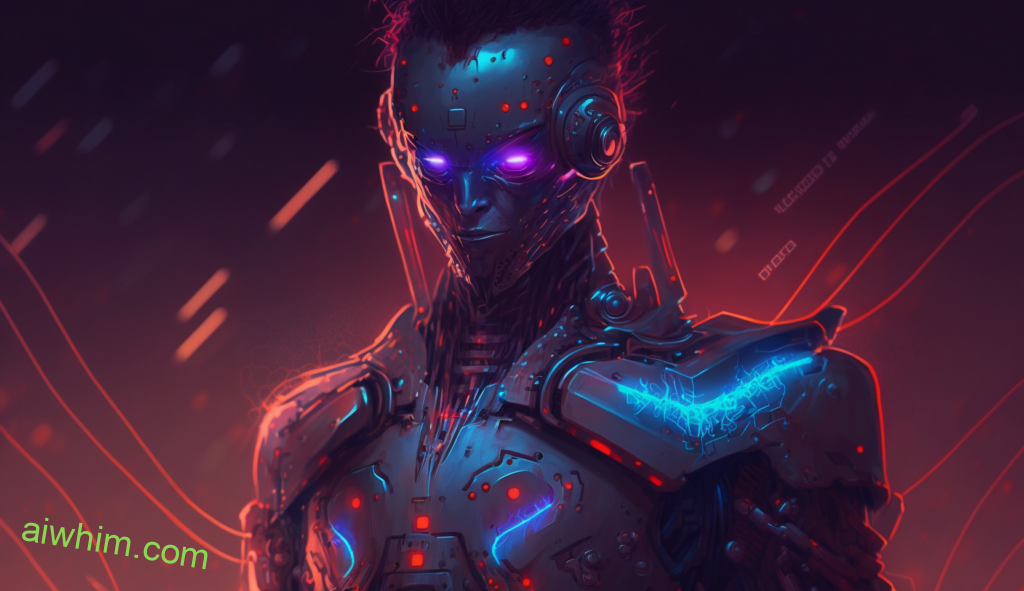
Possible Futures If Artificial Intelligence Takes Over Policing
A future with Artificial Intelligence (AI) replacing police officers is an unsettling prospect for many. As AI technology has advanced, the idea of automated law enforcement has become all too real. But what would this mean for our civil liberties? What kind of world could we expect if ai-policing and law-enforcement-ai became commonplace?
One scenario paints a picture of increased surveillance and stricter control over citizens’ activities that are deemed “illegal” or dangerous by the state. In such a future, it may be impossible to hide from the watchful eyes of AI cameras and drones – even in one’s own home. This constant scrutiny could lead to feelings of paranoia as well as greater risk of wrongful arrest due to false positives from facial recognition software or inaccurate readings from sensors. Replacing police officers with ai-law-enforcement could also result in fewer opportunities for accountability when abuses occur or human rights violations take place.
On the other hand, there are some potential benefits to automated policing. For example, AI could make decisions more quickly than humans, leading to faster response times during emergencies and possibly reducing crime rates overall. Furthermore, since computers do not have biases based on skin color or gender identity, incidents involving discrimination might be less likely with AI patrolling streets instead of people. Finally, robots can work around the clock without breaks so they may ultimately cost taxpayers less money than traditional police forces while providing equal protection against criminals.
While these possibilities sound compelling, implementing them requires caution and careful consideration on behalf of lawmakers and citizens alike. If done right, automated policing could offer improved safety in public spaces while preserving personal freedom but it is important to remain vigilant in order to protect civil liberties as we move towards a more automated society.
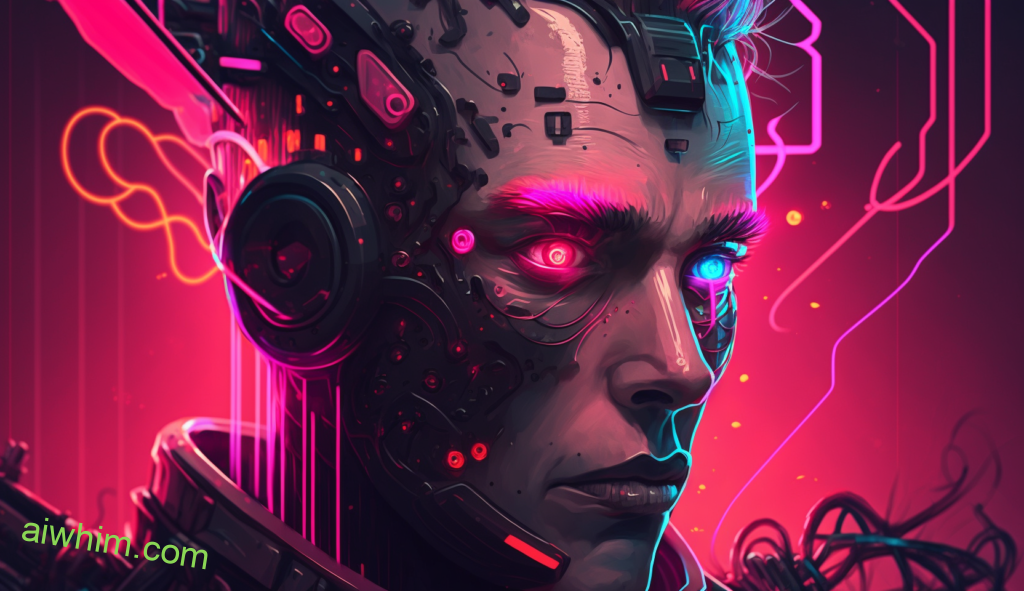
Recommendations And Solutions Going Forward
The implementation of AI in the police force will require a complex and rigorous analysis. There are legal considerations, cost-benefit analyses, ethical implications, and technological requirements that must be addressed before any thought is given to replacing officers with robots.
First, laws governing the use of AI need to be established and made clear for everyone involved in the process. This includes both those operating the technology as well as those affected by it.
Second, financial costs associated with implementing an AI system should be carefully weighed against potential benefits such as improved accuracy and efficiency.
Third, its impact on society needs to be taken into account; there could be unintended consequences if certain populations become over-policed or under-protected while others go unchecked.
Finally, researchers should focus on creating algorithms that can make accurate decisions without violating human rights or contributing to existing biases. In short, we need to make sure that any implementations of AI in law enforcement would be done ethically and responsibly so that they don’t result in more harm than good.
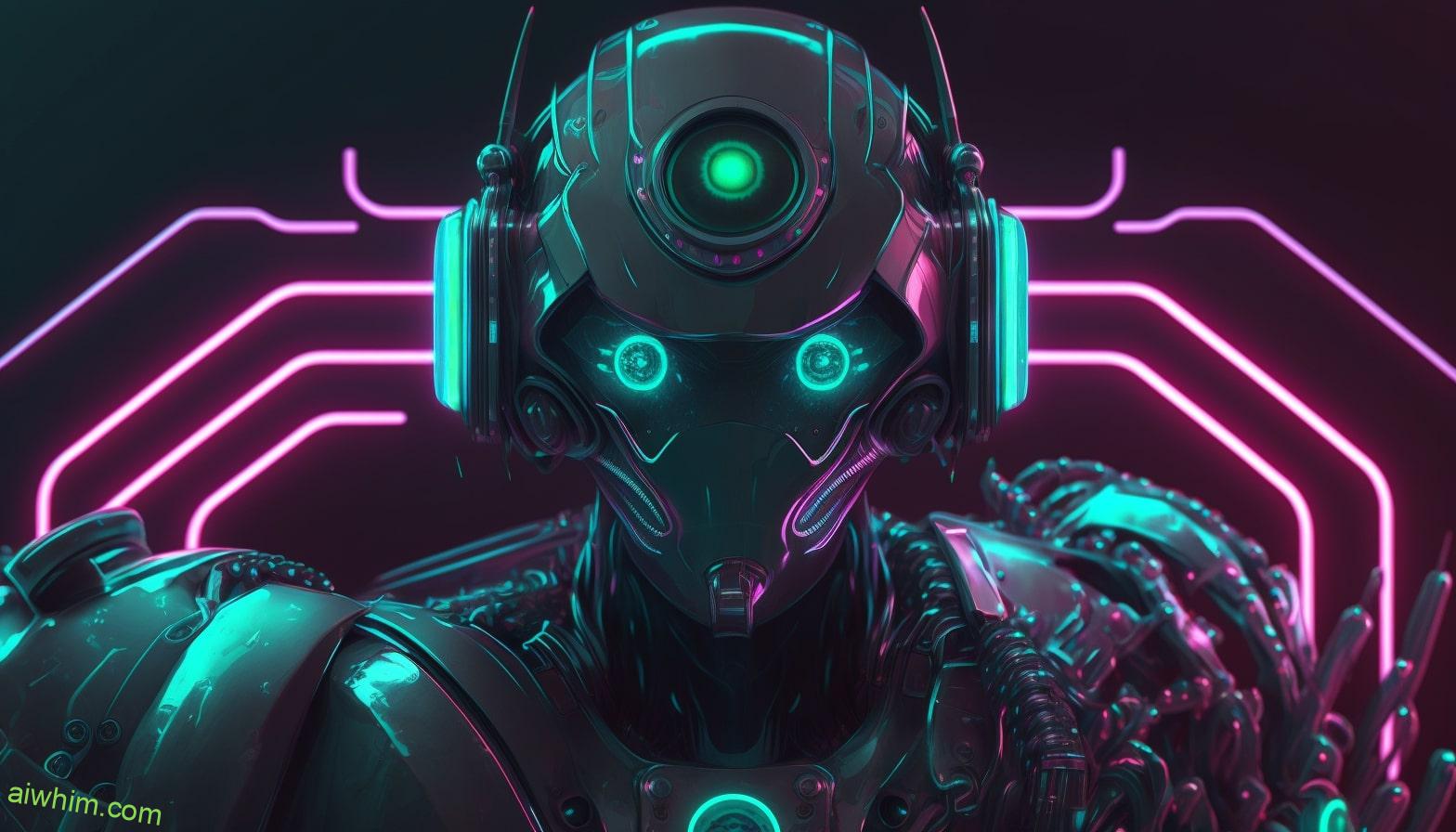
In Conclusion
In conclusion, the possibility of replacing police officers with AI is an interesting concept. However, this shift in law enforcement could come at a cost to our security and liberties as individuals. We must carefully weigh the risks of relying on artificial intelligence for policing against its potential rewards.
When considering this issue, I cannot help but think of a cautionary tale – one where machines are given too much control over our lives and we become prisoners under their rule. It’s like looking into a future dystopia, where robots have taken away all of our freedom and replaced it with servitude. This dark vision should serve as a reminder to us all: if we ever do choose to replace human police officers with AI, then we must be vigilant in ensuring that these technologies remain within our control.
Otherwise, the costs might be far greater than any benefit they bring – both economically and politically. Thus, while AI has great potential when used responsibly, it should never take precedence over individual rights or freedoms. Ultimately, only through careful research, testing and regulation can we ensure that autonomous systems stay firmly under human command.
Author: Ole Paulson
Author Bio: I’m Ole and on this website, I share everything there is to know about Artificial Intelligence, and useful tips for using AI to our advantage. I have a background in data science and research and have been following the AI-space for years. You can read more about me in the “About” page.




